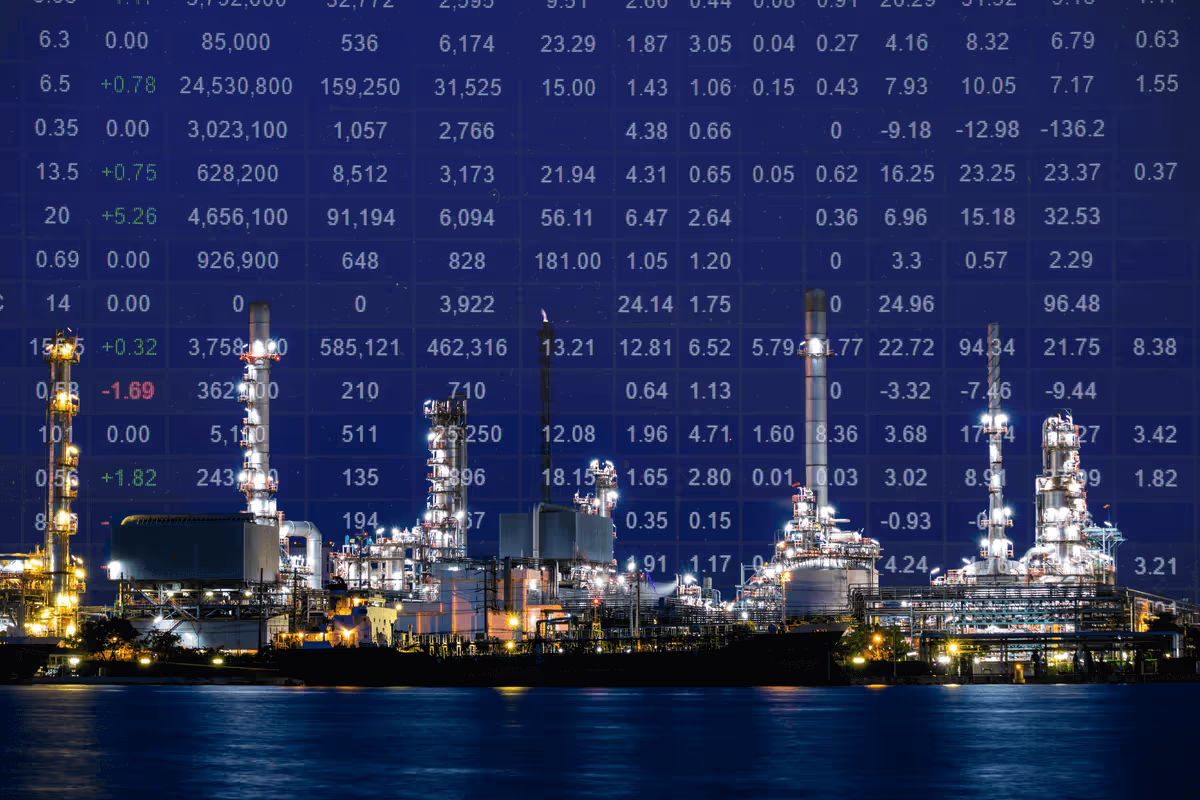Signal's Approach to Environmental Compliance and Emission Reduction
In the dynamic world of shipping, adaptability is paramount, especially as the industry sails into the uncharted waters of environmental awareness and stringent regulatory compliance. The pressing need to mitigate emissions, particularly within frameworks like the EU ETS (Emissions Trading System), has prompted the sector to evolve swiftly.
At the helm of this evolution, Signal Maritime, who manages Aframax and MR Tanker Pools, embraces its role with a technology-forward approach, providing an enhanced spectrum of services to pool partners, all tailored toward environmental performance, emissions reporting and adherence to regulations.
Signal Maritime's Journey into Emissions Reporting
Signal Maritime embarked on its emissions reporting voyage in early 2022, engaging with the Sea Cargo Charter (SCC) initiative and contributing to the inaugural annual report for 2021. While technology has made data collection and reporting more manageable, with continuous change in processes and systems to meet the evolving SCC requirements, the learning curve has been steep.
The task of emissions reporting, while streamlined by technology, presented a learning opportunity for Signal's teams. Through well-organised data and efficient processes, the company navigated the complexities of compliance with agility. As the SCC's guidelines have matured, so too have Signal's systems and practices, evolving to meet the rising complexity tides.
In parallel, Signal Maritime has been proactive in assessing its environmental, social, and governance (ESG) impact. By measuring against the yardsticks set by established ESG-centric companies, Signal has been diligent in identifying areas for development and implementing strategic actions. This involved studying listed, ESG mature companies as benchmarks, allowing Signal to identify gaps and implement strategic actions effectively.
Tech-Driven Emissions Strategy
Signal Maritime employs cutting-edge technology to meet the rigorous standards of emissions compliance. A dedicated tech team crafts algorithms for precise data analysis, aligning with the Sea Cargo Charter (SCC) guidelines. Through a tech-led approach, Signal streamlines data handling, from collection to database integration, ensuring accuracy while minimising manual efforts.
The Signal Ocean Platform is pivotal, providing emission estimates for seafaring vessels using comprehensive data, including AIS transmissions, vessel specifications, and commercial operations. This data informs essential metrics like the Carbon Intensity Indicator (CII) and the Energy Efficiency Operational Indicator (EEOI).
At the Capital Link’s 13th Annual Operational Excellence in Shipping Forum, Angelos Vatikalos, Director of Strategic Business Development and Planning, demonstrated the platform’s robust capabilities. He showcased how Signal’s estimated emissions closely matched the actual data in the SCC’s 2021 report, confirming the reliability of the platform in benchmarking.
Best Practices and Lessons Learned
At the Global Maritime Forum Annual Summit in Athens, Ioannis Psarros, Chief Commercial Officer and Deputy CEO of Signal Maritime, distilled key best practices from the company’s emissions reporting journey:
- Proper Data Structure: Robust data systems streamline compliance and offer operational and trading insights.
- Environmental Awareness: Industry-wide collaboration fosters innovation and a collective, balanced and fair march towards sustainability.
- Emissions and Commercial Performance: Embracing emissions consciousness does not preclude financial success; technology bridges the gap with solutions for emissions reduction.
Enhanced Offerings to Pool Partners
Signal's deep dive into emissions has borne fruit, enabling the provision of advanced services to pool partners. A proprietary tool calculates and projects CII ratings for pool vessels, offering guarantees for at least a 'C' rating upon delivery. In alignment with EU ETS norms, Signal is also refining their earnings distribution algorithm, ensuring a fair and transparent allocation of EU ETS costs to pool vessels.
Signal Maritime stands as a testament to the shipping industry's potential to balance environmental integrity with innovation. Through best practices and a steadfast commitment, the industry can adeptly navigate the complexities of emissions management and sustainability, charting a course towards a greener horizon.

Creating a sustainable world requires us to embark on a journey towards a zero emission future, where every step is a commitment to preserve our planet for future generations.
Albert Greenway
Environmental Scientist, Sustainability Expert
Increased Use of Renewable Energy:
Shipping companies are embracing renewable energy sources to power onboard systems and reduce emissions during port operations. Solar panels and wind turbines are being installed on vessels to generate clean energy, reducing reliance on auxiliary engines, and cutting down emissions. Shore power facilities in ports allow ships to connect to the electrical grid, eliminating the need for onboard generators while docked.
Collaboration and Industry Partnerships:
Recognizing that addressing emissions requires collective action, shipping companies, governments, and organizations have formed partnerships and collaborations. These initiatives focus on research and development, sharing best practices, and promoting knowledge transfer. Joint projects aim to develop and deploy innovative technologies, improve infrastructure, and create a supportive regulatory framework to accelerate the industry's transition towards a greener future. The Zero Emission Shipping - Mission Innovation.
To pave the way for a greener future in shipping, the availability of alternative fuels plays a vital role in their widespread adoption. However, this availability is influenced by factors such as port infrastructure, local regulations, and government policies. As the demand for cleaner fuels in shipping rises and environmental regulations become more stringent, efforts are underway to improve the accessibility of these fuels through infrastructure development, collaborations, and investments in production facilities.
Liquefied Natural Gas (LNG) infrastructure has seen significant growth in recent years, resulting in more LNG bunkering facilities and LNG-powered vessels. Nonetheless, the availability of LNG as a marine fuel can still vary depending on the region. To ensure consistent availability worldwide, there is a need for further development of LNG supply chains and infrastructure. For biofuels, their availability hinges on production capacity and the availability of feedstock. Although biofuels are being produced and utilized in various sectors, their availability as a marine fuel remains limited. Scaling up biofuel production and establishing robust supply chains are imperative to ensure wider availability within the shipping industry.Hydrogen, as a fuel for maritime applications, is still in the early stages of infrastructure development. While some hydrogen vessels have been tested or introduced in the first quarter of last year, the infrastructure required for hydrogen production and distribution needs further advancement.
Ammonia, as a marine fuel, currently faces limitations in availability. The production, storage, and handling infrastructure for ammonia need further development to support its widespread use in the shipping industry.Methanol, on the other hand, is already a commercially available fuel and has been used as a blend with conventional fuels in some ships. However, its availability as a standalone marine fuel can still be limited in certain regions. Bureau Veritas in October 2022 published a White Paper for the Alternative Fuels Outlook. This white paper provides a comprehensive overview of alternative fuels for the shipping industry, taking into account key factors such as technological maturity, availability, safety, emissions, and regulations.

Creating a sustainable world requires us to embark on a journey towards a zero emission future, where every step is a commitment to preserve our planet for future generations.
Albert Greenway
Environmental Scientist, Sustainability Expert
Increased Use of Renewable Energy:
Shipping companies are embracing renewable energy sources to power onboard systems and reduce emissions during port operations. Solar panels and wind turbines are being installed on vessels to generate clean energy, reducing reliance on auxiliary engines, and cutting down emissions. Shore power facilities in ports allow ships to connect to the electrical grid, eliminating the need for onboard generators while docked.
Collaboration and Industry Partnerships:
Recognizing that addressing emissions requires collective action, shipping companies, governments, and organizations have formed partnerships and collaborations. These initiatives focus on research and development, sharing best practices, and promoting knowledge transfer. Joint projects aim to develop and deploy innovative technologies, improve infrastructure, and create a supportive regulatory framework to accelerate the industry's transition towards a greener future. The Zero Emission Shipping - Mission Innovation.
To pave the way for a greener future in shipping, the availability of alternative fuels plays a vital role in their widespread adoption. However, this availability is influenced by factors such as port infrastructure, local regulations, and government policies. As the demand for cleaner fuels in shipping rises and environmental regulations become more stringent, efforts are underway to improve the accessibility of these fuels through infrastructure development, collaborations, and investments in production facilities.
Liquefied Natural Gas (LNG) infrastructure has seen significant growth in recent years, resulting in more LNG bunkering facilities and LNG-powered vessels. Nonetheless, the availability of LNG as a marine fuel can still vary depending on the region. To ensure consistent availability worldwide, there is a need for further development of LNG supply chains and infrastructure. For biofuels, their availability hinges on production capacity and the availability of feedstock. Although biofuels are being produced and utilized in various sectors, their availability as a marine fuel remains limited. Scaling up biofuel production and establishing robust supply chains are imperative to ensure wider availability within the shipping industry.Hydrogen, as a fuel for maritime applications, is still in the early stages of infrastructure development. While some hydrogen vessels have been tested or introduced in the first quarter of last year, the infrastructure required for hydrogen production and distribution needs further advancement.
Ammonia, as a marine fuel, currently faces limitations in availability. The production, storage, and handling infrastructure for ammonia need further development to support its widespread use in the shipping industry.Methanol, on the other hand, is already a commercially available fuel and has been used as a blend with conventional fuels in some ships. However, its availability as a standalone marine fuel can still be limited in certain regions. Bureau Veritas in October 2022 published a White Paper for the Alternative Fuels Outlook. This white paper provides a comprehensive overview of alternative fuels for the shipping industry, taking into account key factors such as technological maturity, availability, safety, emissions, and regulations.






















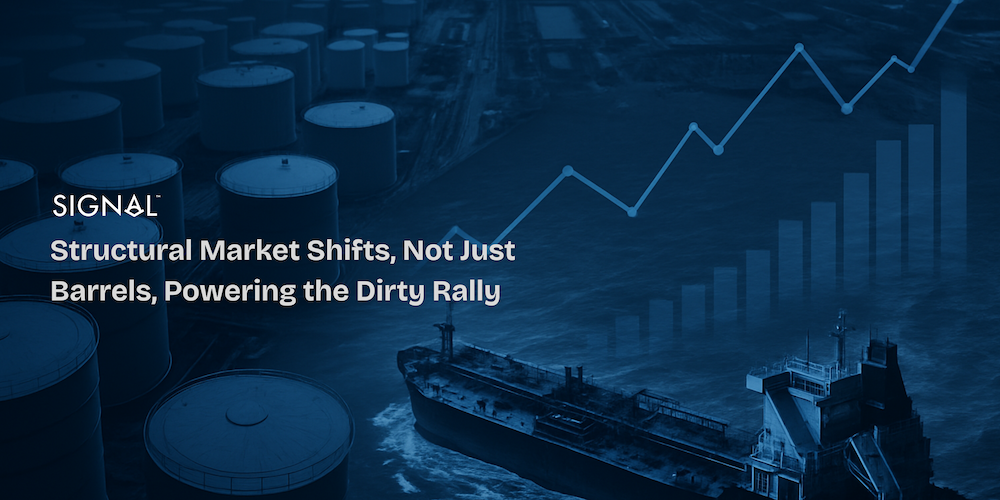


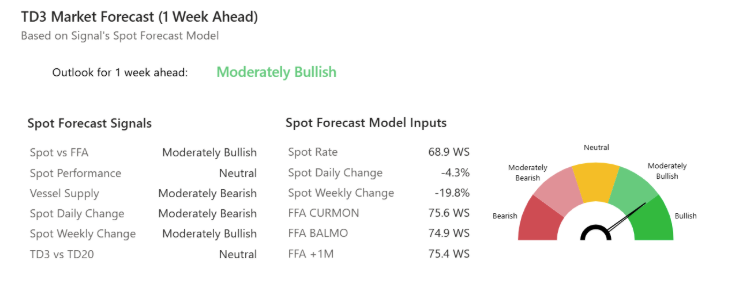


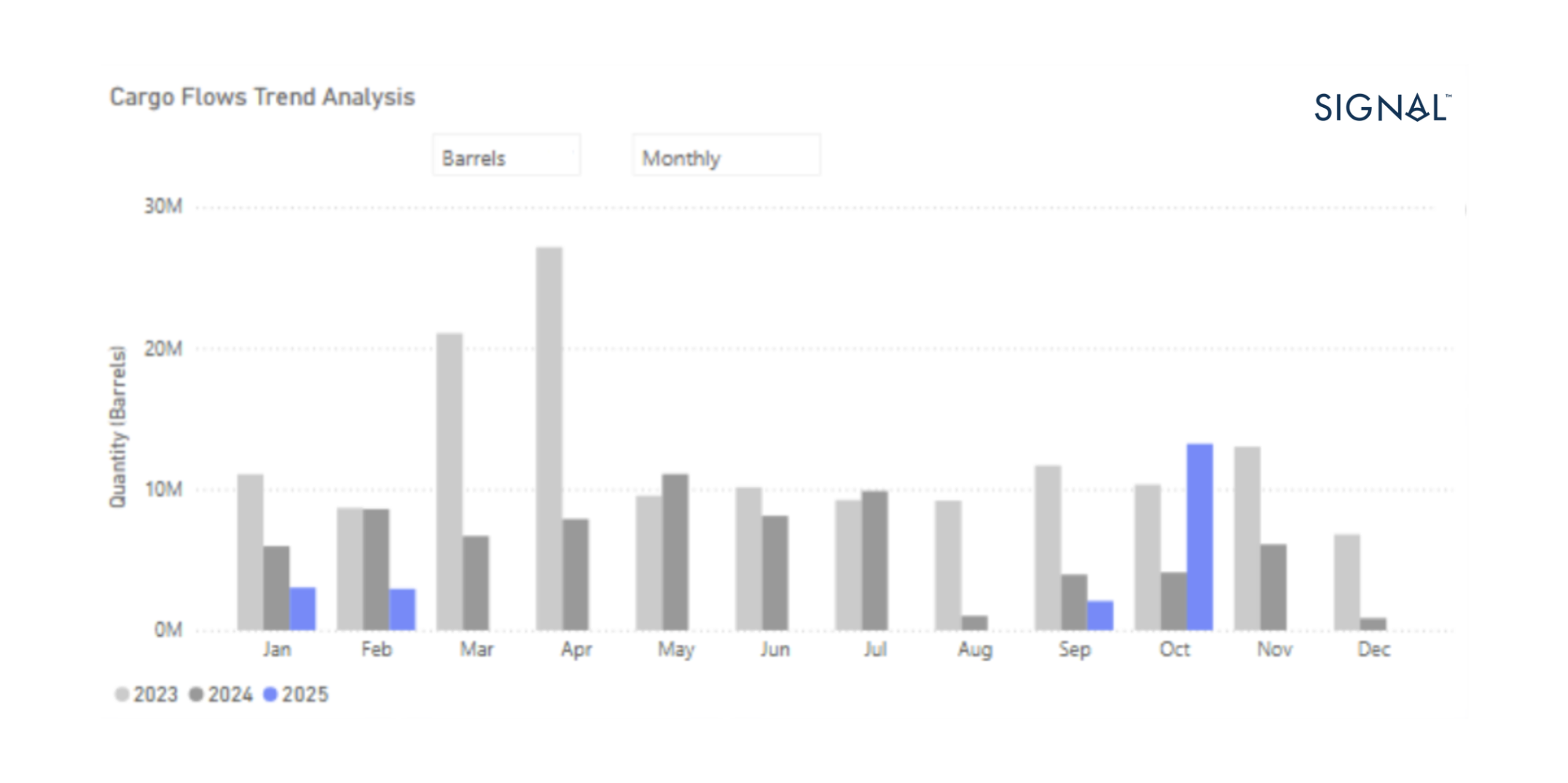
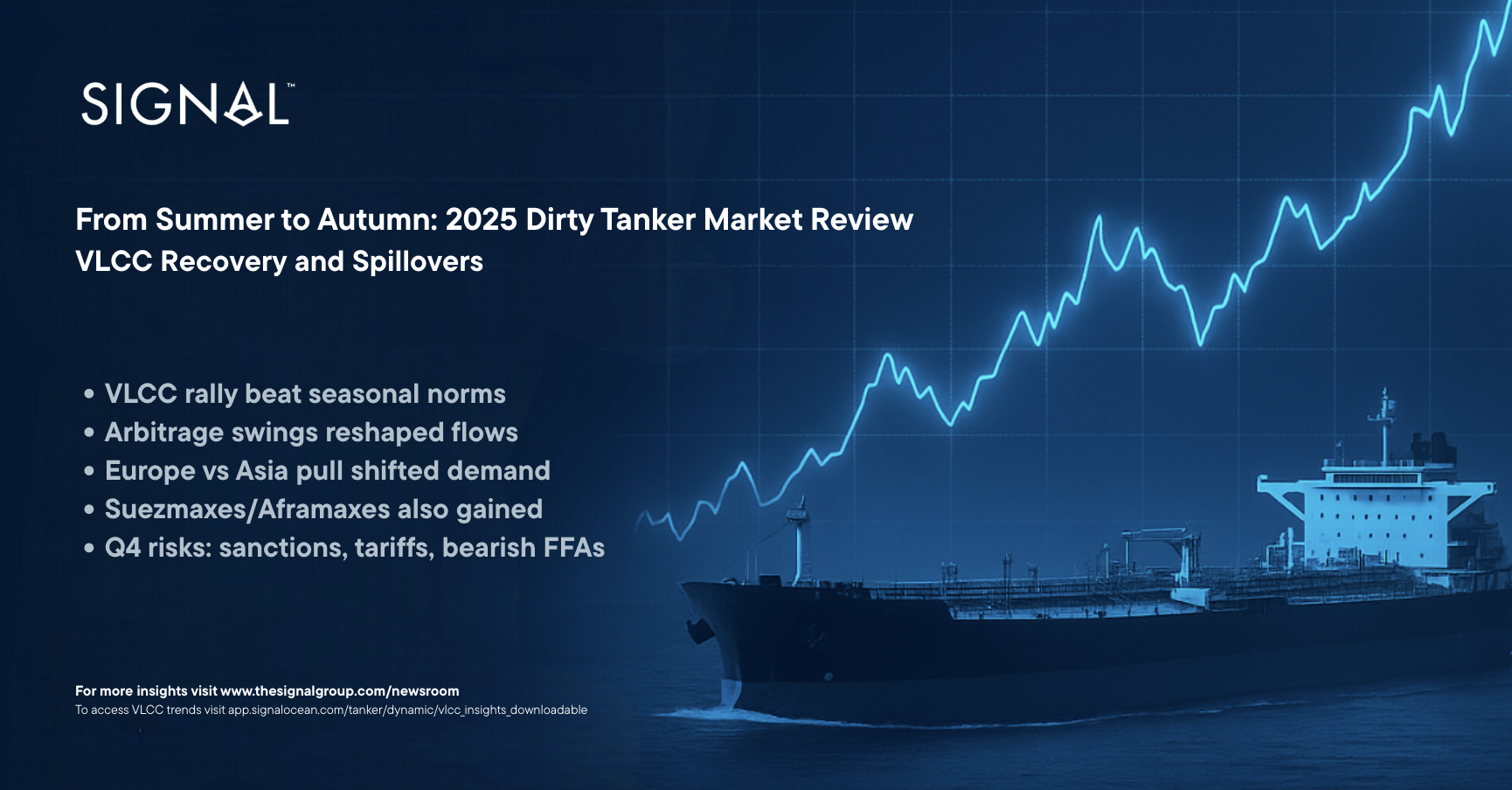
.png)
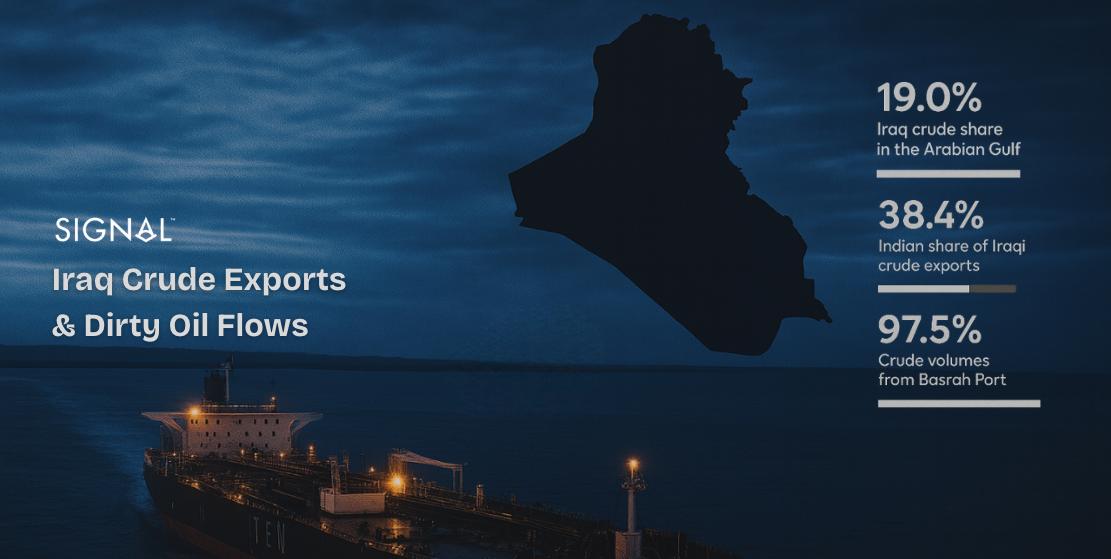

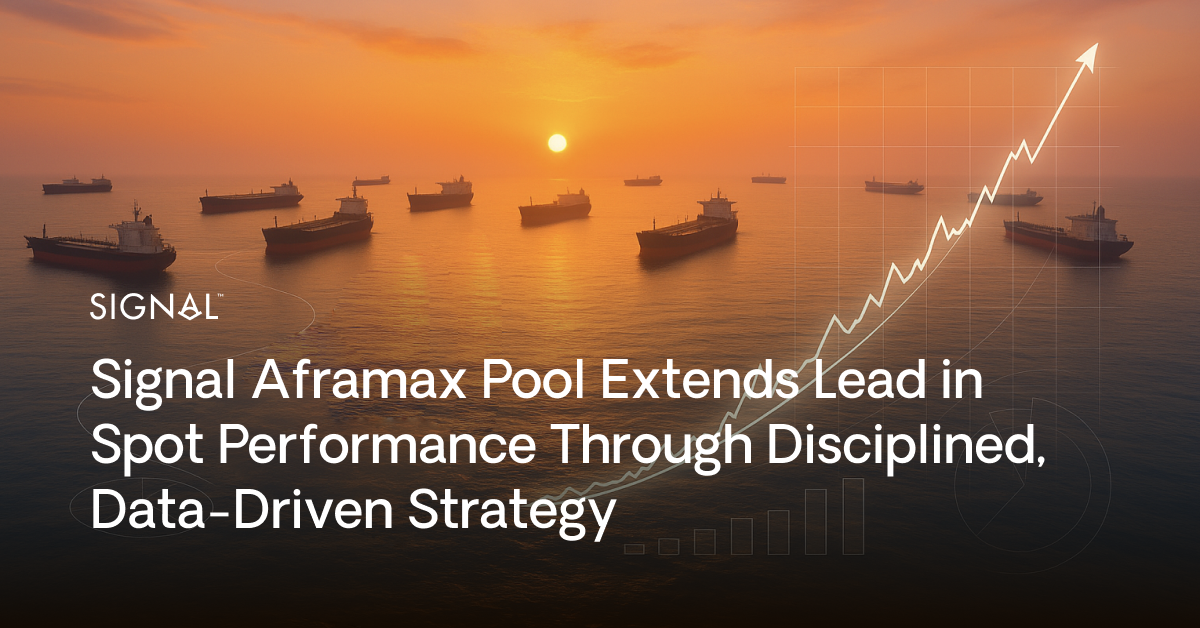
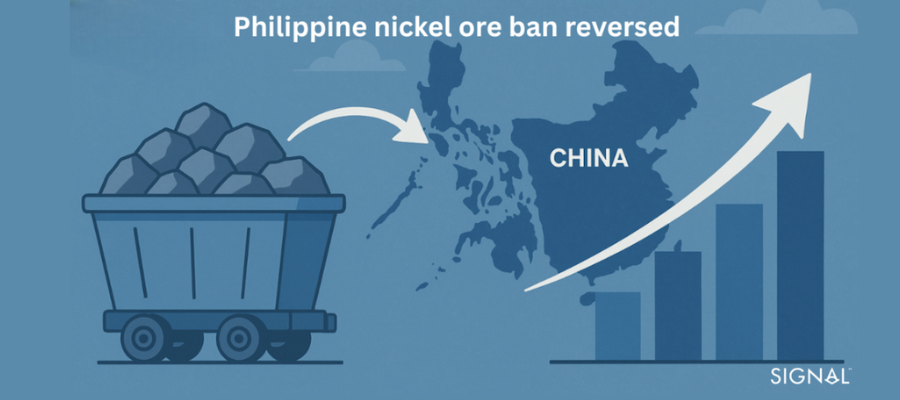

.png)

.png)

.png)
.png)

.png)







.avif)



.avif)




































